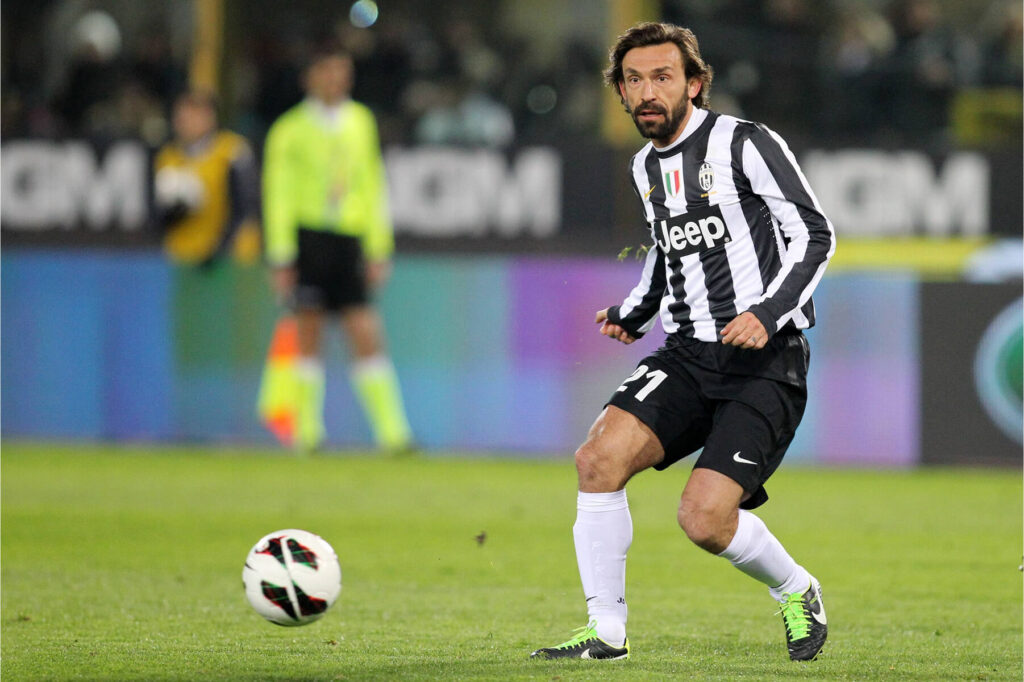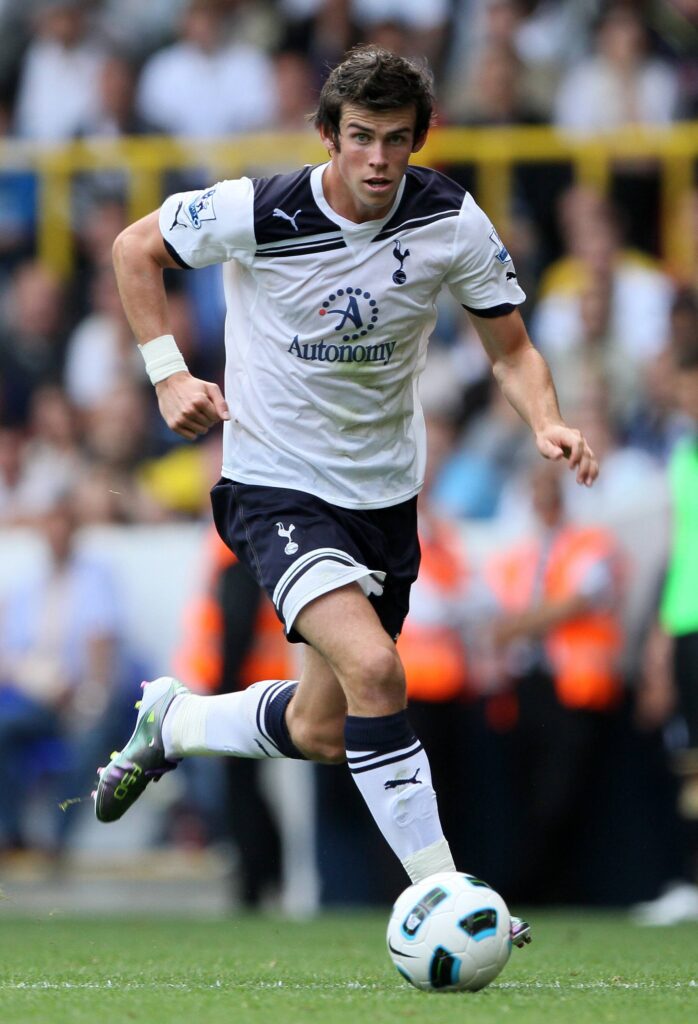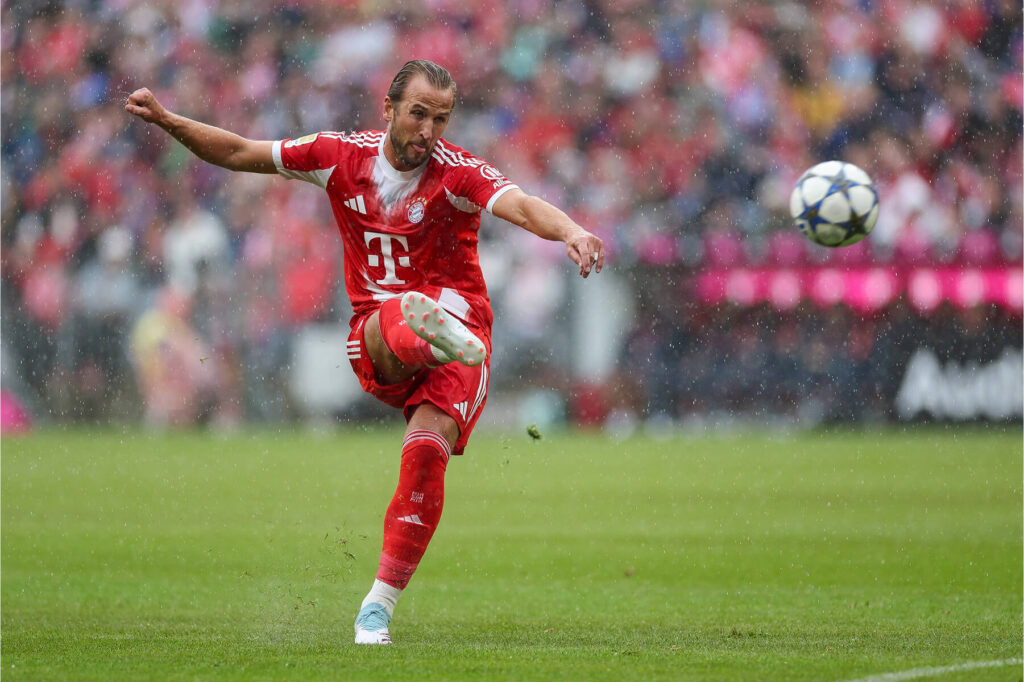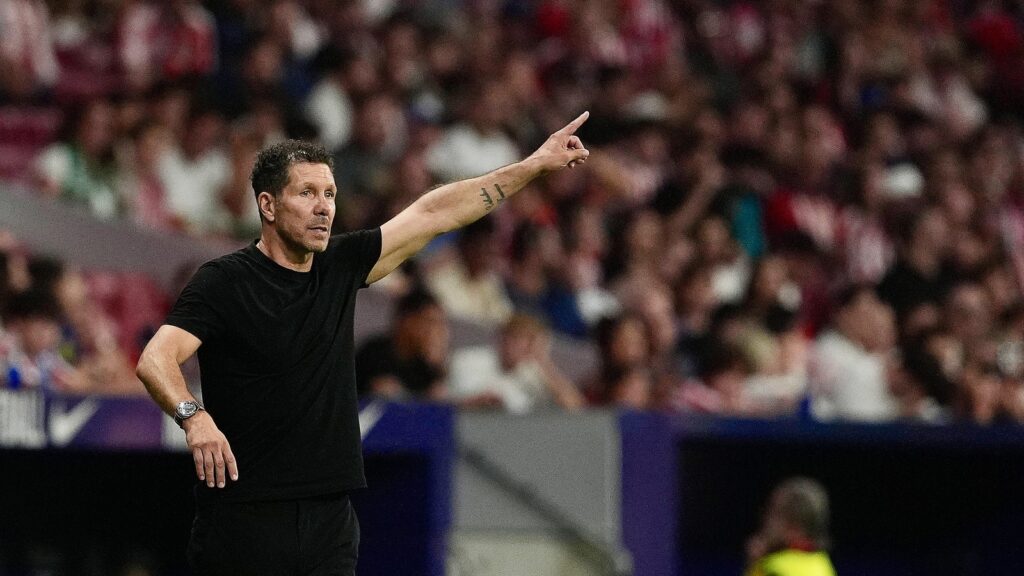When football was played in the United Kingdom during the 1900s, there was little emphasis on the position and role of players. Cut to the present, formations play a huge role in modern-day football. Top coaches in the world nowadays prefer their players to have a defined role; even full-backs are assigned to make runs in the opposition half to provide width. That’s how football has evolved.
In this guide, we will break down the basics of formations, how they define the role of players. We will dive into the details of how a team’s shape shows how they will attack or defend. We will also take a brief look at certain metrics, like heatmaps and how formations have an impact on metrics like possession and shots conceded.
What are formations?
In a nutshell, a formation is a blueprint of a team’s shape. There are many types of popular formations in the world, like a 4-4-2, 4-3-3, and 4-2-3-1, to name a few. Coaches use formations depending on their team’s strength, the kind of players they have, or, in some cases, according to their opposition side’s lineup.

Basics of a 4-4-2 formation
Take a normal 4-4-2, for example, wherein four defenders are deployed ahead of the goalkeeper. Two of them are centre-backs, and the other two are left-back and right-back.
The role of centre-backs is to defend the goal and the space in the centre of the defence, while the right-back protects the right flank, and vice versa.
Similarly, there are four midfielders deployed in a 4-4-2, with the central midfielders tasked with rotating possession. They link the play between the defenders and the attackers. The two other midfielders, also called wingers, play on the flanks, create chances and link play with the attackers.
The two strikers will bear the burden of scoring goals.
Variations in formations
There can be different ways in how a 4-4-2 can be deployed; if certain players are tasked with different roles, there can be different variations to a 4-4-2. For example, Juventus played a 4-4-2 diamond under Antonio Conte, wherein out of the four midfielders, one was a deep-lying playmaker (Andrea Pirlo). The other midfielder (Arturo Vidal) was slightly advanced, in a sort of free-roaming number 10 role, playing just behind the two strikers.

How formations reveal how a team will attack or defend?
Let’s say a team is trailing a game by 0-1. They started the game with a 4-4-2 formation, but the coach feels there’s a need for one more striker. He then opts to switch to a 4-3-3 formation, replacing one of the wingers with a striker.
Similarly, if a team is leading a game 1-0, and they want to keep hold of the lead. The coach may introduce an extra defender on the field, sacrificing a midfielder or a striker.
Thus, formations are an indication of a coach’s vision of how they want their team to attack or defend.
Modern-day coaches also deploy tactics where a team will have a certain formation when they have possession, and out of possession, their shape might change to defend better.
- Team Formation diagram
A team formation diagram is basically a blueprint of a team’s formation. Every player is assigned a certain role according to their position. Typically, a coach uses a diagram to explain a player his role.
There are different types of formations, different variations, and all these diagrams play a crucial role in helping a player understand his duties.
For example, when a coach makes a substitution, the player coming on is shown his position and what’s expected from him through team formation diagrams.
- Player average positions
During a 90-minute football game, players will take up different positions. There’s a metric called ‘player average position’ through which a coach can see on a map the position where the player spent the most time.
Sports analytics software uses tracking data to record a player’s position on the field throughout a game. Each player is seen as a dot on the software. This metric helps a coach to understand whether his team actually stuck to the ‘formation’ or shape he wanted.

It helps to identify the movement patterns of certain players and how they can be better utilised. For example, Gareth Bale initially played as a left-back at Tottenham, but over time, his surging runs on the left flank became so common, he was converted into a winger before he joined Real Madrid.
- Player heatmaps
Heat Maps are a great tool to help visualise where the team and individual athletes have spent the most time during a match. A heatmap is generated using software, with different colours indicating the time spent by a player in a certain area of the football pitch.
Heat maps help to understand a player’s movement patterns. For example, Harry Kane’s heatmap will show him dropping deep to link up a play, but most of his map will be based in the opposition’s box, that’s where he spends the most of his time during play.

A midfielder like Luka Modric’s heatmap will be more scattered; he will often drift away from his position, but will also look to track back opposition players and will also surge forward to supplement attackers.
How formations influence stats like Possession and Shots Conceded
The possession of a team will be reflected in their stats as well. Since it determines the pattern of how a team attacks or defends, their stats will also vary accordingly.
For example, a team A that plays in a 4-2-3-1 formation has two deep-lying midfielders, and a free-roaming 10, in total three players in the midfield. If they are playing against team B playing 4-4-2, team A will have an advantage in midfield as they have one man extra. This will reflect in their possession stats.
Similarly, a team playing a defensive formation like 5-4-1 is likely to concede fewer shots since they have five defenders playing against one, two or three strikers of the opposition team.
In modern-day football, coaches are not afraid to experiment with different formations and variations to get every ounce of advantage against opposing sides. This will only add more intrigue to the ‘Beautiful Game’, and it certainly adds another layer of excitement for the fans.
